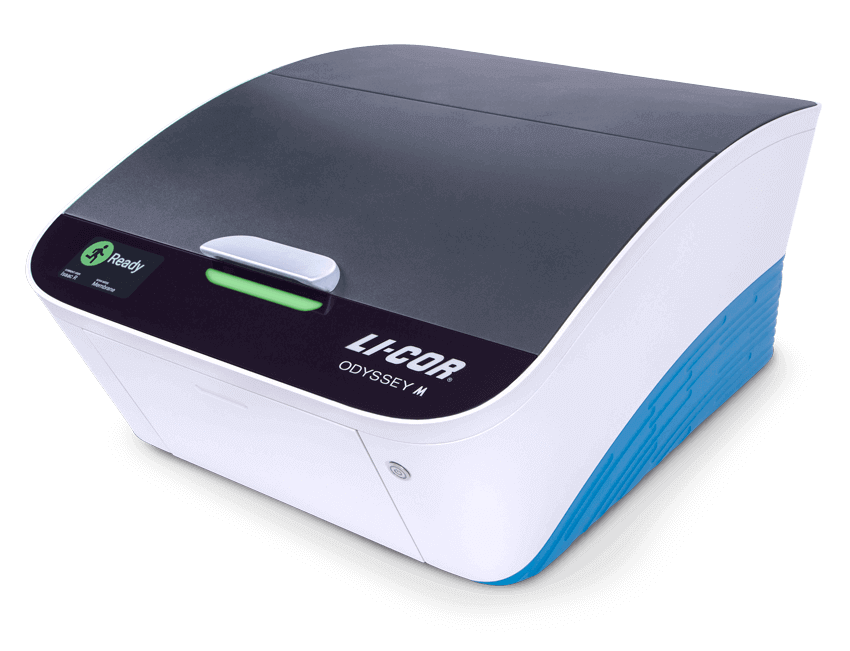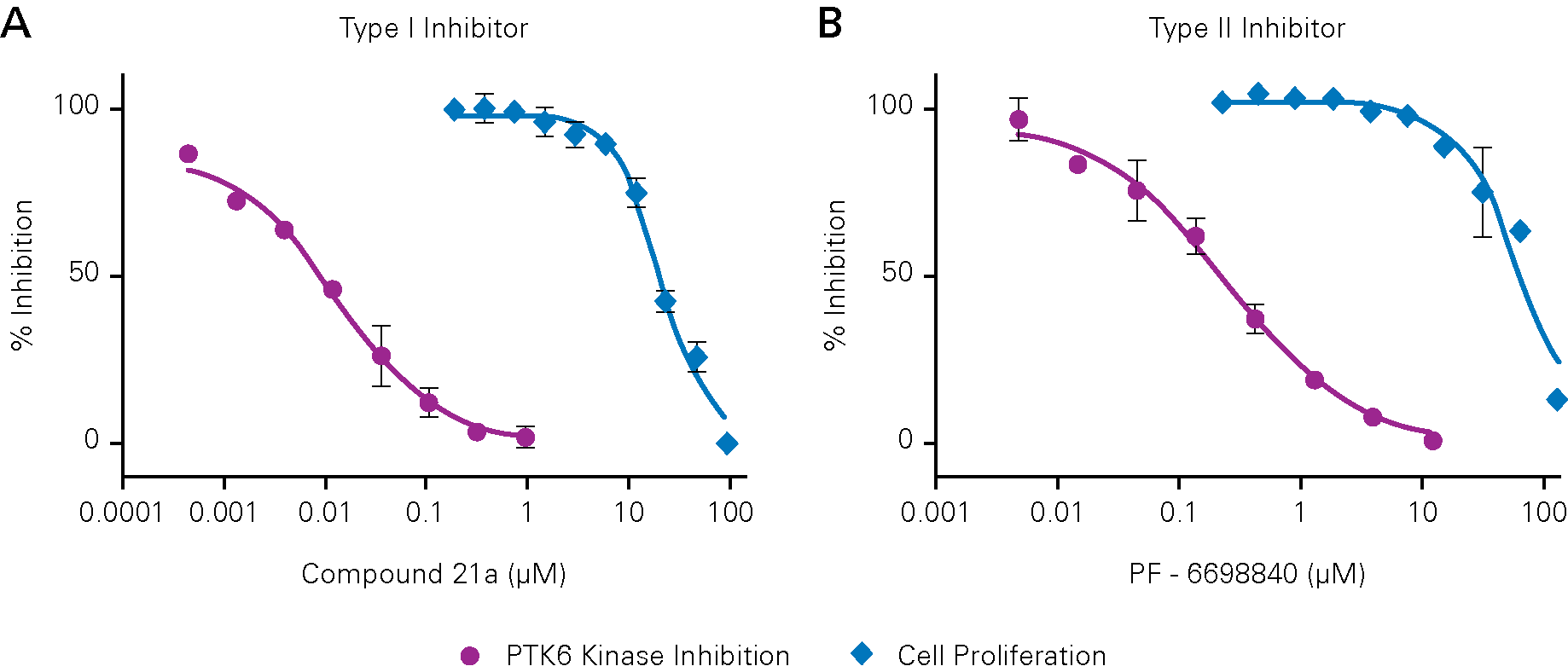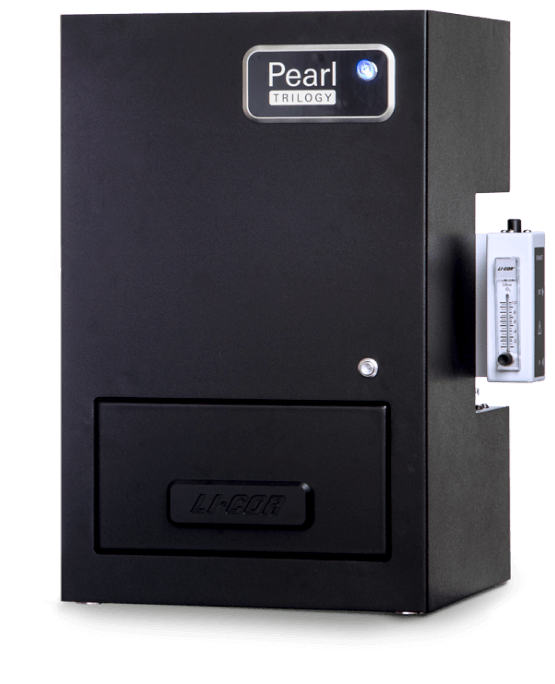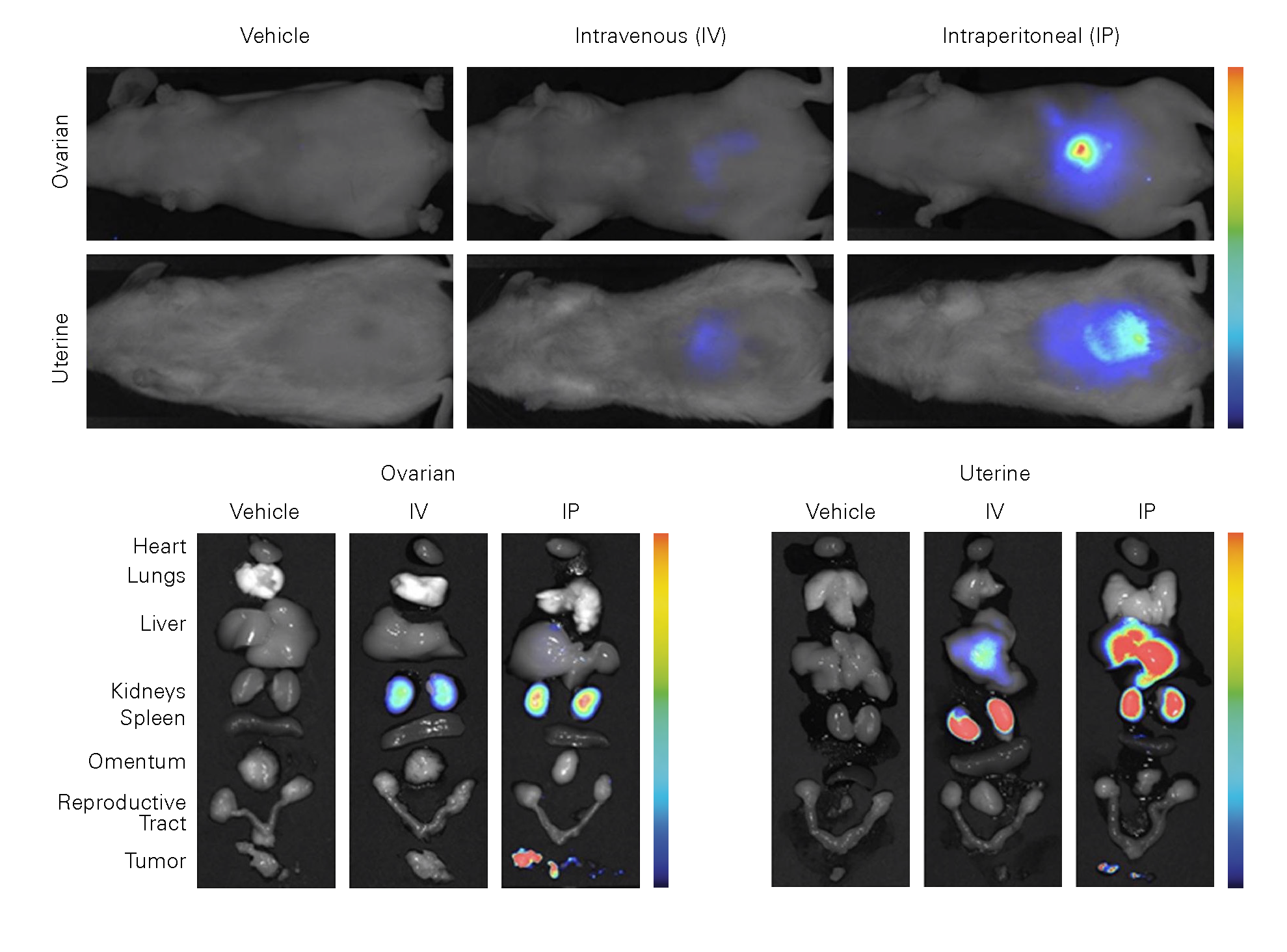
From academic discovery through preclinical validation
Get the answers you depend on to keep the development process moving forward. Odyssey® Imagers and Pearl® Trilogy Small Animal Imagers deliver superior data for robust, replicable results you can rely on.
IRDye® Reagents are optimized for use with Odyssey Imagers and the Pearl Trilogy Imagers to provide an additional layer of certainty.
Enhanced understanding for improved target selection
Characterize your cell signaling pathways with confidence using quantitative, near-infrared (NIR) Western blots performed on an Odyssey Imager and quantitative, NIR In-Cell Western™ or On-Cell Western assays performed on an Odyssey M or Odyssey DLx. Gain a fuller understanding of the details of your ligands, targets, pathways, and cellular effects.

Assess lead effects in organisms
Assess your therapeutic agent’s performance in vitro and ex vivo using the Odyssey M or Odyssey DLx Imager, or in vivo and ex vivo using the Pearl Trilogy Small Animal Imager. Decide which of your candidates appears most promising and move to the next step of validation.







